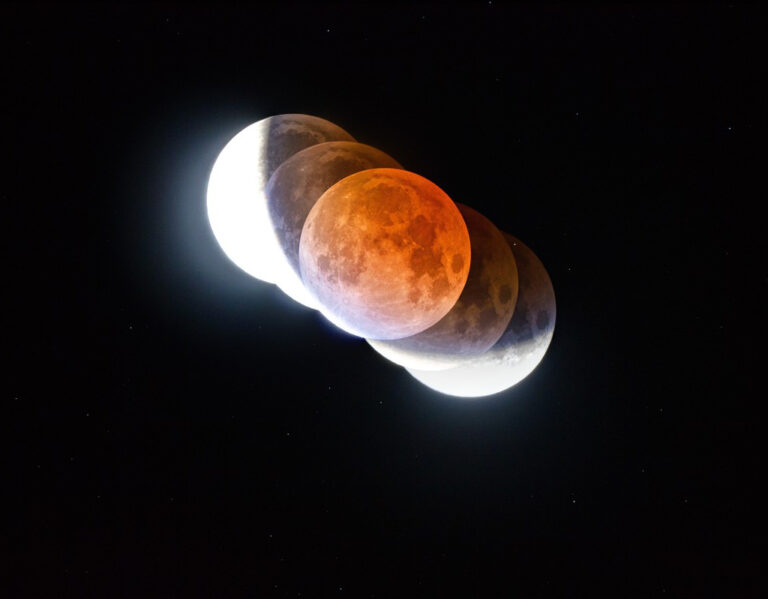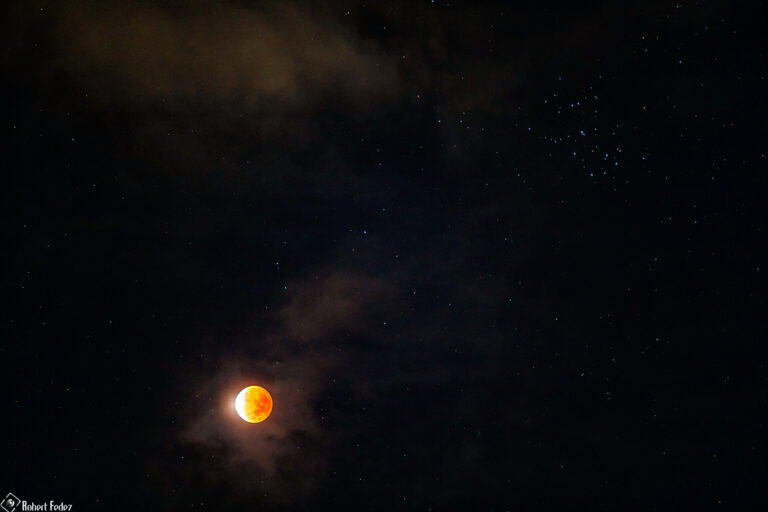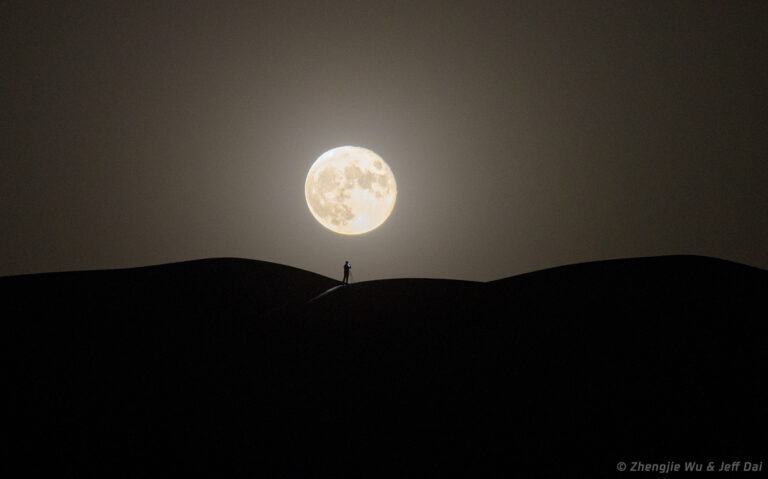月偏食
2023年10月29日 A Partial Lunar Eclipse Image Credit & Copyright: Orazio Mezzio Explanation: What’s happened to the Moon? Within the last day, part of the Moon moved through the Earth’s shadow. This happens about once or twice a year, but not every month since the Moon’s orbit around the Earth is slightly tilted. Pictured here, the face of a full Hunter’s Moon is shown twice from Italy during this partial lunar eclipse. On the left, most of the Moon appears overexposed except for the eclipsed bottom right, which shows some familiar lunar surface details. In contrast, on the right, most of the (same) Moon appears normally exposed, with the exception of the bottom right, which now appears dark. All lunar eclipses are visible from the half…





